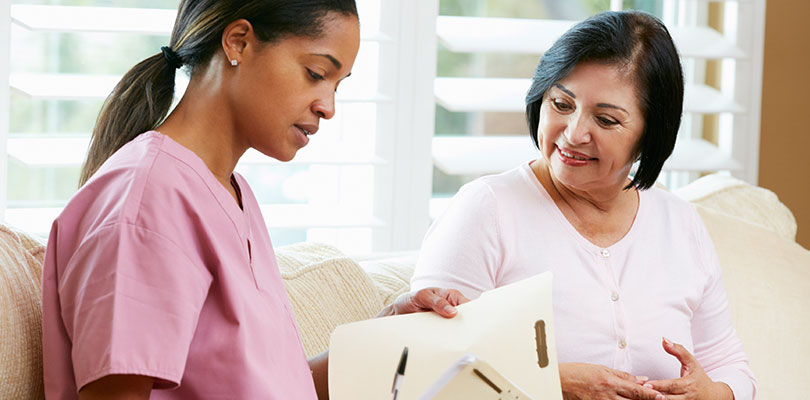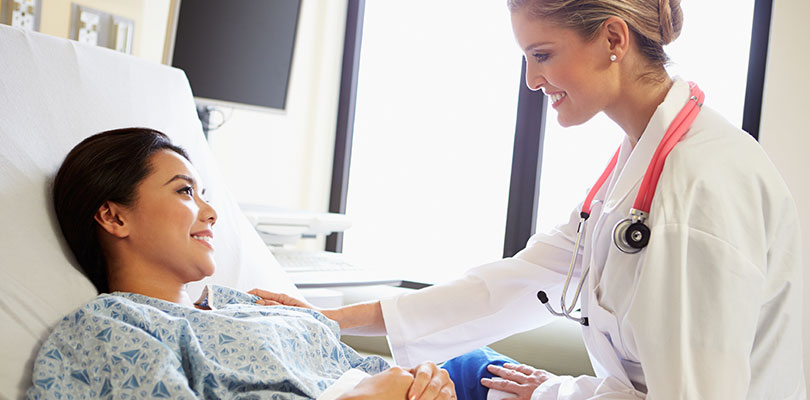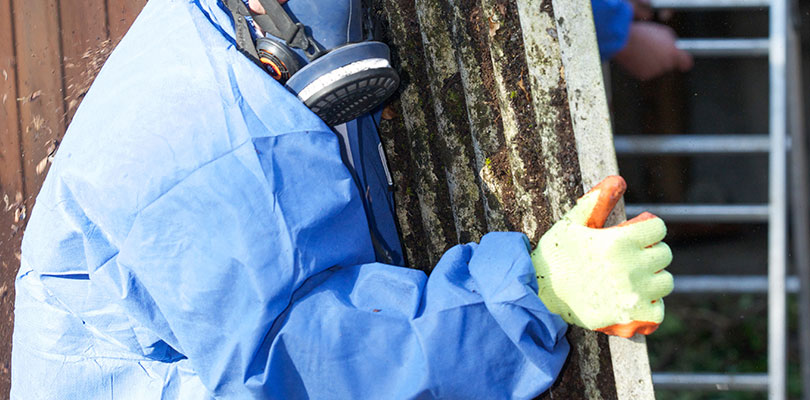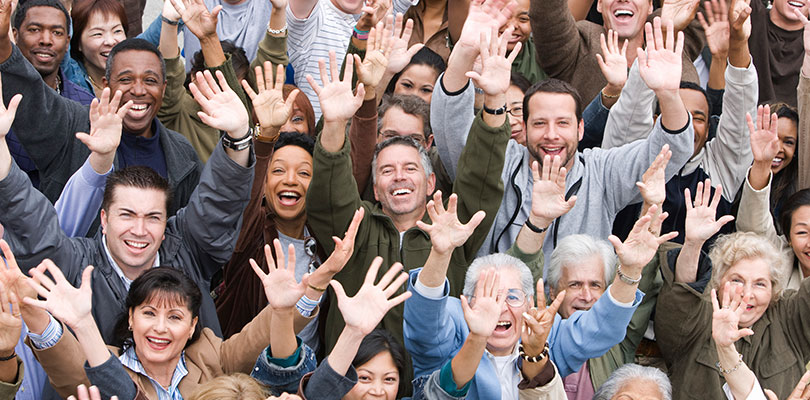Separating Myth From Fact for Better Cancer Detection and Treatment
Breast cancer is not a disease that hides in textbooks; it is risks, research, prevention and treatment (like Kisqali, a medication used in the treatment of certain types of hormone receptor-positive, human epidermal growth factor receptor 2-negative (HR-positive, HER2-negative) advanced or metastatic breast cancer.
But how much do you really know? Some common myths and assumptions about breast cancer may have seeped into your understanding of the disease, and that can work against you. Let's take a look.
10 Warning Signs of Breast Cancer
- Unexplained changes in breast size or shape.
- Presence of a lump or thickening in the breast or underarm.
- Changes in the skin texture, such as dimpling or puckering.
- Persistent pain in the breast or nipple.
- Nipple discharge, other than breast milk, occurs spontaneously.
- Changes in the appearance of the nipple, such as inversion.
- Redness or scaliness on the skin of the breast or nipple.
- Swelling or lumps in the lymph nodes under the arm or around the collarbone.
- Unexplained weight loss.
- Changes in breast contour, especially if only on one side.
Genetics Are Only Part of the Problem
Certain genetic factors that lie outside your control may be working against you when it comes to breast cancer risk. It turns out white and black women have the highest risk; Asian, Hispanic and Pacific Islander women have the lowest. No matter what your ethnicity, if you have a mother, sister or daughter who was diagnosed with breast cancer, your risk of contracting the disease doubles.
But that’s not to say you’re in the clear if you have no genetic connection. The American Cancer Society reports that 85 percent of women diagnosed with breast cancer don’t have a family history of it, and no ethnicity is completely immune to the disease. In turn, it’s crucial to stay on top of your breast cancer screening, especially after age 40.

Photo Credit: monkeybusinessimages / istockphoto.com
Mammograms Improve Survival Rates
You can’t change your natural, biological cancer risk factors (namely age and gender), but you can take steps towards an early diagnosis — perhaps the most important element in your chances of cancer survival and remission.
Monthly self-checks are important, but mammograms are incredibly useful, very sophisticated imaging tools to catch tumors in their early stages. In fact, mammograms are thought to reduce breast cancer deaths by up to 40 percent among women aged 40 to 70. Every woman over age 50 should have one every year, and those with genetic risk factors should consider starting that annual regimen sooner.

Photo Credit: monkeybusinessimages / istockphoto.com
Small Breasts Don’t Mean Small Risk
Breasts are composed mainly of fat, fibrous tissue and glandular tissues; the more fat and fibrous tissue you carry in your breasts, the bigger your bra size. However, breast cancer typically develops in the glandular tissue — the milk ducts and lobules — and these don’t necessarily contribute much to your breast size.
On the other hand, your breast density can influence your cancer risk. Dense breasts have tighter concentrations of glandular tissue, and since both dense tissue and cancer appear white on a mammogram, they can be much more difficult to decipher. Breasts of any size could have a high density.

Photo Credit: monkeybusinessimages / istockphoto.com
Men Are Not Immune
Breast cancer is generally thought of as a woman’s disease because, well, they’re the ones with breasts. However, men have breast tissue, too, and over 2,000 men will be diagnosed with breast cancer in the United States each year.
A man’s lifetime risk of developing breast cancer is considerably lower: only one in every 1,000 men will be diagnosed, compared to the one in eight women who will receive that awful diagnosis. However, this may actually work against their survival rate, since men aren’t typically watching for breast changes. Since early signs often go undetected for longer, many men are diagnosed at a later, more serious stage of the disease.

Photo Credit: monkeybusinessimages / istockphoto.com
A Lump Doesn’t Mean Cancer
You’re taught to feel for lumps during self-examinations, and finding one can send you into panic mode. But before you assume the worst, keep in mind that about eight in every 10 lumps are benign — that is, they’re not cancerous.
So, if these lumps aren’t tumors, what are they? Most are fluid-filled cysts, hard knots of tissue called fibroadenomas, areas of breast inflammation, or nodules of dense breast tissue. Depending on what part of the breast tissue or gland is affected, the lump can be painful or not painful. However, it’s difficult to determine the nature of the lump without further investigation, so always consult your doctor.

Photo Credit: KatarzynaBialasiewicz / istockphoto.com
Warning Signs Can Come in a Variety of Forms
Lumps may be among the most common (and most obvious) signs of trouble, but other breast changes that seem harmless enough could point to something much more severe. Changes in size, color, sensitivity, sensation or texture deserve a closer look.
Since cancer often affects the milk-producing glands that connect to the nipple, changes in the nipple can be worrisome. Look out for nipple tenderness, discharge, a nipple that suddenly begins to turn inward, or scaly, red and swollen skin around the areola.

Photo Credit: Wavebreakmedia / istockphoto.com
Your Risk Rises Significantly as You Age
As with most cancers, your risk of developing breast cancer increases with age. Most women in their 20s have a relatively low chance of developing the disease — about one in 1,760 (unless they have a specific gene mutation, which would raise that risk).
As you enter your 30s, breast cancer risk jumps to one in 229. By age 40, it’s at one in 69, and after age 60, one in every 29 women will be diagnosed. The need for closer examination increases toward the end of the child-bearing years, especially if you’ve never been pregnant or you had your first child after age 35.

Photo Credit: Henfaes / istockphoto.com
Environmental Factors Can Impact Your Risk
Genes certainly play a role, but how you choose to live your life and what you decide to put into your body can have an impact on breast cancer risk, too.
Alcohol is the most obvious threat: drinking even one alcoholic beverage a day will raise your risk ever so slightly, while two or more can make you 1.5 times more likely to develop the disease. But alcohol is only part of the problem. Obesity has been shown to put you at risk (especially post-menopause), and if you’re an overweight drinker, you may be more vulnerable than you realize.

Photo Credit: pyotr021 / istockphoto.com
Your Hygiene and Wardrobe Choices Won’t Cause Cancer
Certain cancer myths have been floating around for years, and it’s time to nip them in the bud. Two of the most stubborn untruths are that antiperspirants will cause breast cancer, and that wearing a bra leads to breast cancer.
In both cases, the worry is that the lymph nodes around the breast are restricted or blocked, and that prevents them from moving toxins through the lymphatic system and out of the body. In reality, there is no proof that this is the case. Recent scientific studies have found no link between antiperspirant use and breast cancer, nor have they found any evidence that bras raise breast cancer risk.

Photo Credit: IPGGutenbergUKLtd / istockphoto.com
Kisqali for Metastatic Breast Cancer
Kisqali, also known as ribociclib, is an important medication in the fight against advanced or metastatic breast cancer. By targeting specific proteins that cancer cells rely on to grow, it helps slow down the progression of the disease. When used in combination with other treatments like hormonal therapies, Kisqali has shown promising results in improving outcomes for patients. It's typically taken orally, making it convenient for patients to incorporate into their treatment regimen.
Breast Cancer Deaths are on the Decline
Although a staggering 220,000 women in the U.S. will be diagnosed with breast cancer each year, fewer of those patients face a terminal prognosis than ever before. As diagnostic technology advances, research clarifies the mysteries behind the disease, and more women are more in tune with their changing bodies, breast cancer deaths continue to decline.
It’s true that thousands of women still die from breast cancer each year, but today there are nearly three million breast cancer survivors in the U.S. alone. In fact, there are more breast cancer survivors than any other group of cancer survivors.
Unfortunately, there’s little you can do to reduce your risk of breast cancer, aside from maintaining a healthy weight and drinking less alcohol. Researchers are still trying to figure out just what causes the cancer to begin, and until the mystery is solved, you may be at the mercy of your body chemistry. However, for women at very high risk, drug therapy or mastectomy may be the best course of action to protect against breast cancer.






